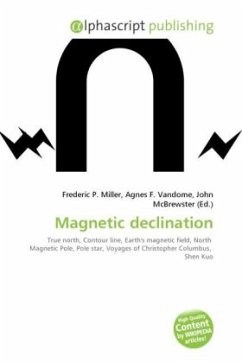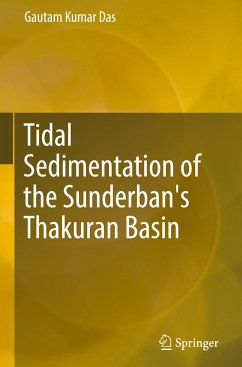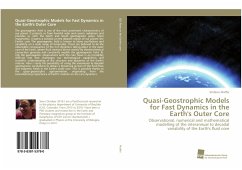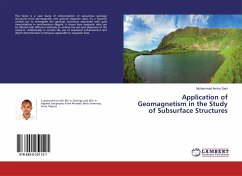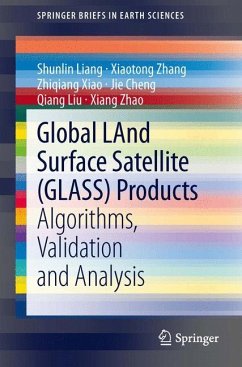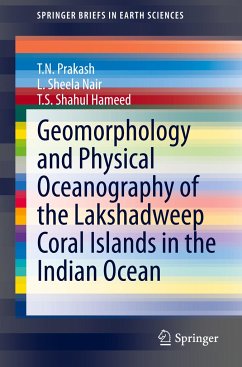
The Magnetic Declination
A History of the Compass

PAYBACK Punkte
22 °P sammeln!
This book aims then to describe in a comprehensible way efforts made over centuries of measuring and understanding the magnetic declination. The book also highlights some important characteristics of the Earth's magnetic field thanks to the declination measurements. Some applications and societal implications are also underlined.Anyone living in the 21st century knows the best way to navigate is by using a smartphone App. Decades and centuries ago, in order to find the same way a magnificent instrument was used: the compass. Despite many being aware of the compass, not everyone appreciates tha...
This book aims then to describe in a comprehensible way efforts made over centuries of measuring and understanding the magnetic declination. The book also highlights some important characteristics of the Earth's magnetic field thanks to the declination measurements. Some applications and societal implications are also underlined.
Anyone living in the 21st century knows the best way to navigate is by using a smartphone App. Decades and centuries ago, in order to find the same way a magnificent instrument was used: the compass. Despite many being aware of the compass, not everyone appreciates that throughout the ages of exploration, sailors and explorers linked their lives and great discoveries to the magnetic needle. Furthermore, is there an awareness of the Earth's physical mechanism behind the changes in time and space of the direction indicated by the compass? The magnetic declination is at the center of this book and it helps the reader to understand how to navigate in time and space. The book provides the history of the compass and magnetic declination leading the reader to the understanding of our magnetic planet.
This book is designed for those who are fascinated by the long history of geomagnetism. This book relies on reader's knowledge of elementary scientific concepts, and introduces the geomagnetism concepts as they evaluated in time. The focus is on some basic concepts and physical processes in order to understand the evolution of a specific element of the geomagnetic field, the declination. The primary audience may have just started an interest in the geomagnetism and history of science, as students and researchers. Some readers may have an interest that only touches the geomagnetism, as navigators, geophysicists, historians.
Anyone living in the 21st century knows the best way to navigate is by using a smartphone App. Decades and centuries ago, in order to find the same way a magnificent instrument was used: the compass. Despite many being aware of the compass, not everyone appreciates that throughout the ages of exploration, sailors and explorers linked their lives and great discoveries to the magnetic needle. Furthermore, is there an awareness of the Earth's physical mechanism behind the changes in time and space of the direction indicated by the compass? The magnetic declination is at the center of this book and it helps the reader to understand how to navigate in time and space. The book provides the history of the compass and magnetic declination leading the reader to the understanding of our magnetic planet.
This book is designed for those who are fascinated by the long history of geomagnetism. This book relies on reader's knowledge of elementary scientific concepts, and introduces the geomagnetism concepts as they evaluated in time. The focus is on some basic concepts and physical processes in order to understand the evolution of a specific element of the geomagnetic field, the declination. The primary audience may have just started an interest in the geomagnetism and history of science, as students and researchers. Some readers may have an interest that only touches the geomagnetism, as navigators, geophysicists, historians.



